AMBASSADOR
ARTIST

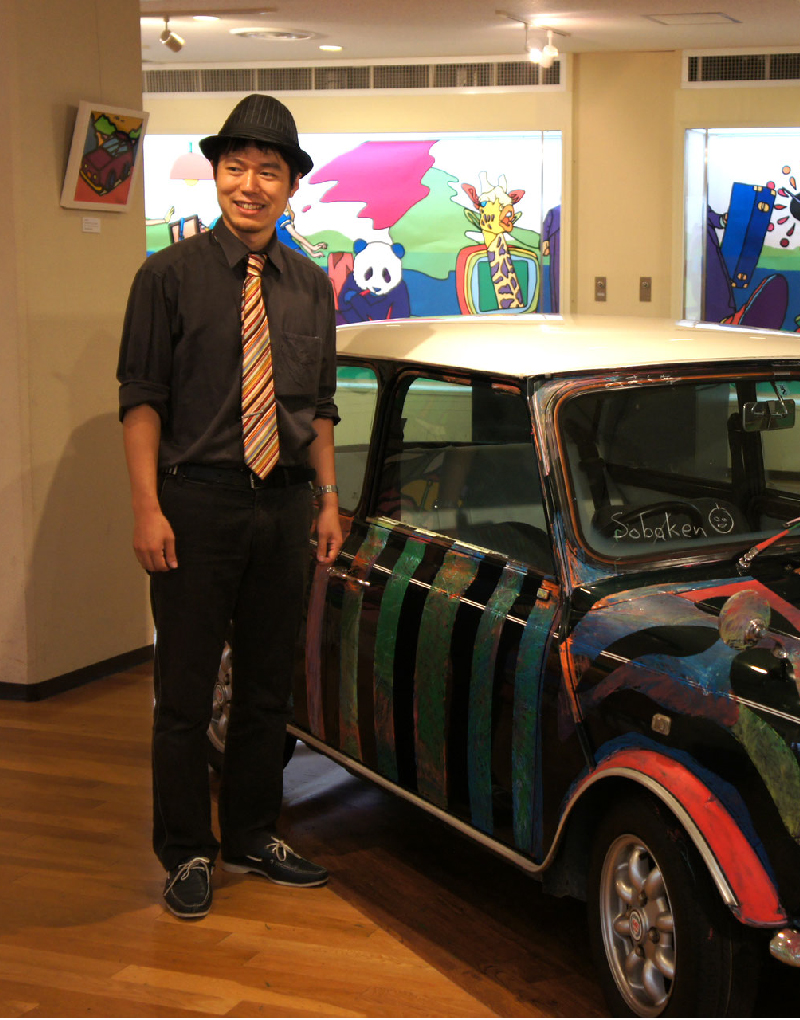
- Career
- Born in Chiba Prefecture in 1979
2003 Graduated from Tokyo National University of Fine Arts and Music, Department of Painting, Oil Painting course
2005 Completed master Mural Painting at the First Laboratory, Tokyo University of the Arts
He is involved in joint projects with JR East, local governments, and the Tokyo University of the Arts.
He designed artwork for waiting rooms of the Joban Line and a huge mural under the JR overpass in Arakawa Ward, Tokyo. He also planned and designed an art event at a Bicycle Racecourse”. In addition to this project, he also holds a solo exhibition of his work for sale. Recently, he founded CLEAN&ART, an organization based in Shibuya Ward, Tokyo, and is actively involved in the beautification of the city in parallel with his mural painting project. His father was an art teacher and he is the third son of four siblings, all of whom are working in art. An artistic family. Growing up without a TV at home until the fifth grade of elementary school, he spent his childhood drawing manga in an environment where he had no access to media.
With so much attention being paid to projects by artists and local communities, what do you keep in mind when creating and receiving orders for your work?

*A giant 40-meter-long mural, created in 2012, Higashi-Nippori, Arakawa ward, Tokyo
Since oil paints dry slowly, I used to use only acrylic paints to work efficiently.
However, I used oil paints as a preparation for the entry examination because I had to use only oil paints in order to enter the university.
When I was a student, I rarely drew pictures and spent my days working part-time and riding my motorcycle. I think it was difficult to find a student who drew less than I did. During my prep school days, I received all the assignments to prepare for the examination. But once I got to university, I had to create the assignments myself. So, for example I had to go from a situation where I always had the apples given to me, to go look for the apples myself. Masato Nakamura, a professor in the graduate school laboratory, explained to me that an artist has to be contributing to society. This was an eye opener to me.
First of all, I learned management rather than drawing, such as "buy a computer", "make documents in PDF", "make a plan and get a subsidy". That helps me a lot in my life now.
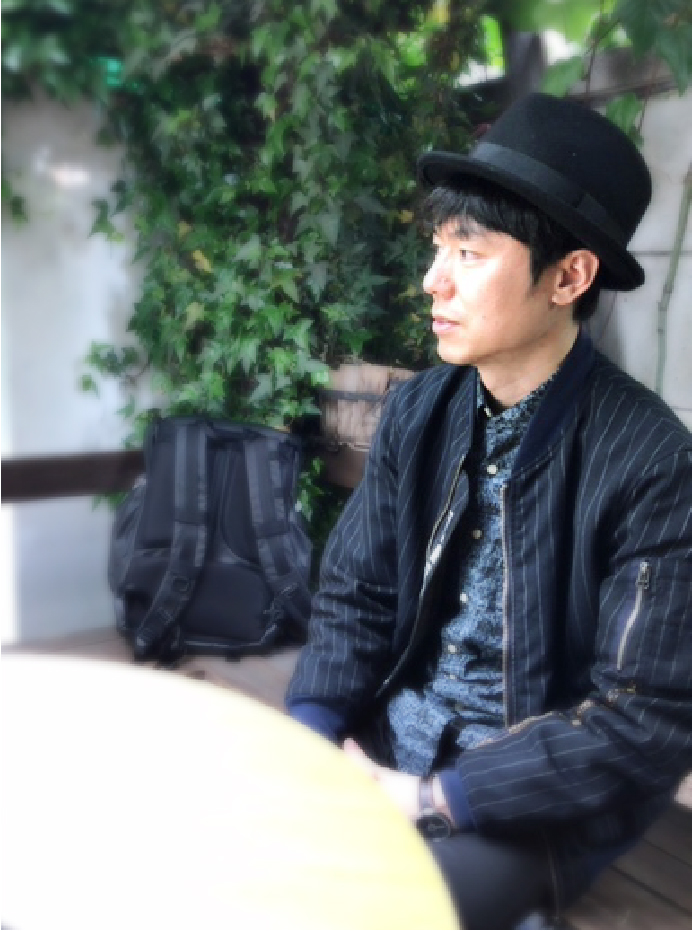
When I was a student, I was using Liquitex. There was no particular reason, because it sounded and looked cool. I chose it only by label. I also have a tendency to stick to using something once I picked it. By the way, I choose Matsuda oil paints as my oil paint.
Normal acrylics always have a plastic-like finish. The first time I used acrylic gouache, I'd never seen such a powdery, matte look after drying. I also liked using NICKER Designers Colour. I was impressed by the colour quality.
Black is the best, or maybe it's just that I can't use anything but NICKER anymore. Especially with NICKER's paints, black is black. It is a black hole. It's an absorbing black.
Once before, I ran out of paint and used another company's black in a hurry, but it was slimy, grayish, or transparent, no good. NICKER is powder! It is powder, it has a rough feel to it. As a whole, each colour is crisp and strong. That's why a lot of people who are new to my work think that they are traditional Japanese paintings. Because it has the same kind of rough texture.
I paint all my paintings with black as a base, the whole frame. Even then, the coverage of the other colours is so strong that the base colour don't show through even when painted on top of "pitch black".
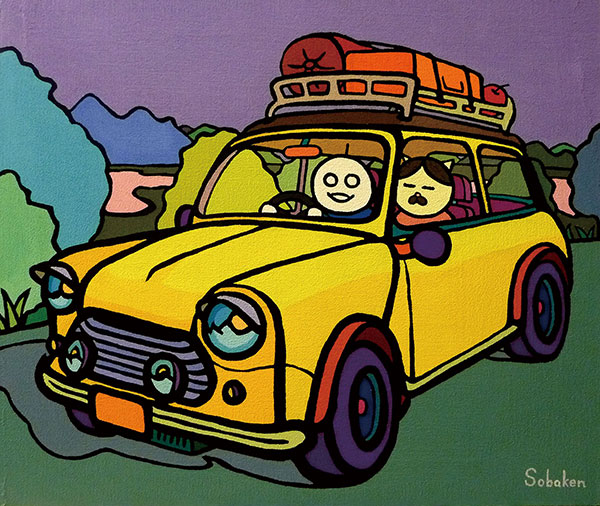
Some manufacturar’s paint can be easier to paint with, and others’ paint has a higher viscosity. It has something to do with the medium or something. But you either have to sacrifice the quality of the colour or the ease of painting.
Darker colours like ultramarine and violet make me nervous when I use them. It needs a day to completely dry and get the true colour. The colour changes when it’s dry. Maybe other manufacturers adjust these colours with their mediums, so when they’re still wet you can see the right colour. When I paint something with NICKER I have to believe in the colour chart and collect my courage to paint it (laughs).
Yes, it's the paint that chooses the artist (laughs).
Yes, these are almost all pure colours. I don't like mixed colours, because I forget about it during painting (laughs). I'm the type of person who believes in colour as it comes out of the tube. So, a lot of my paintings could be a NICKER colour chart. Any colour will be dull if you mix it up. But I think if you want to use pure colours only, NICKER is the best paint to do is.
I would like to step up in a way that suits me. Currently, I am active in a wide range of activities including painting, mural painting, design, and art event planning and management. While making murals, I also do graffiti erasure as a social activity.
I'd like to become a person who can use a multifaceted approach to art and be useful in the real world. My big dream is to be based in Tokyo in my 40's and have offices in Paris, London and New York.


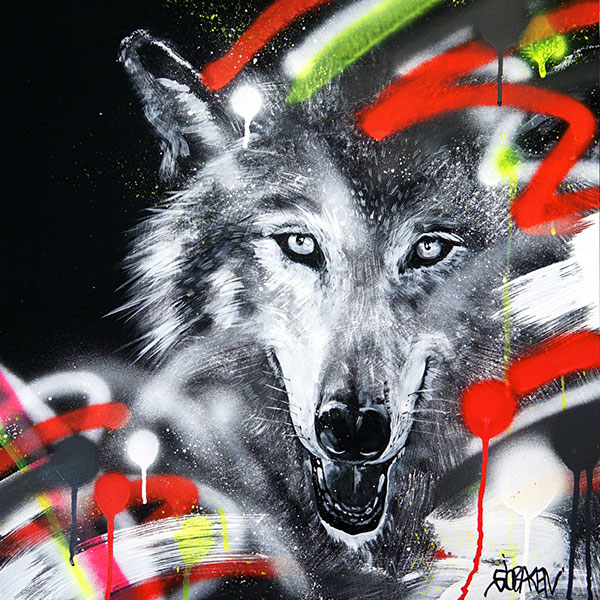
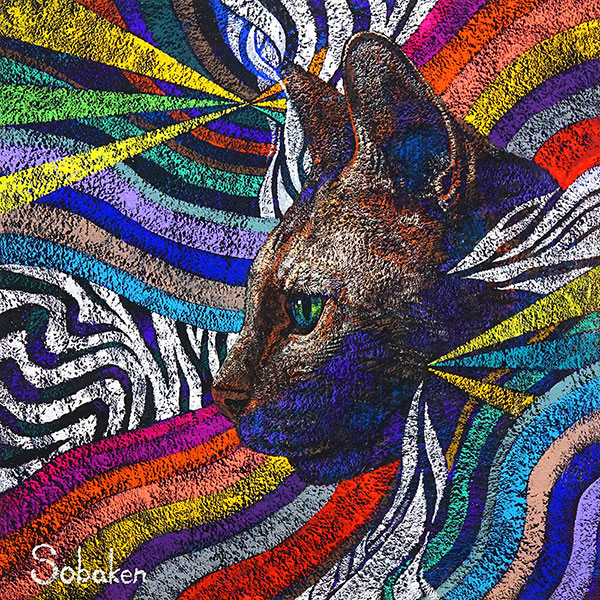
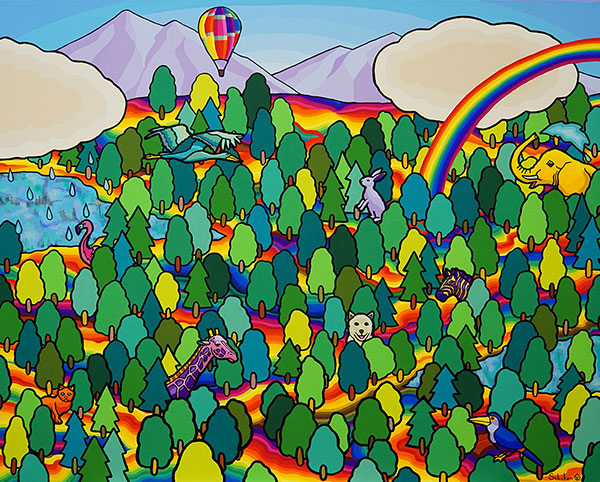
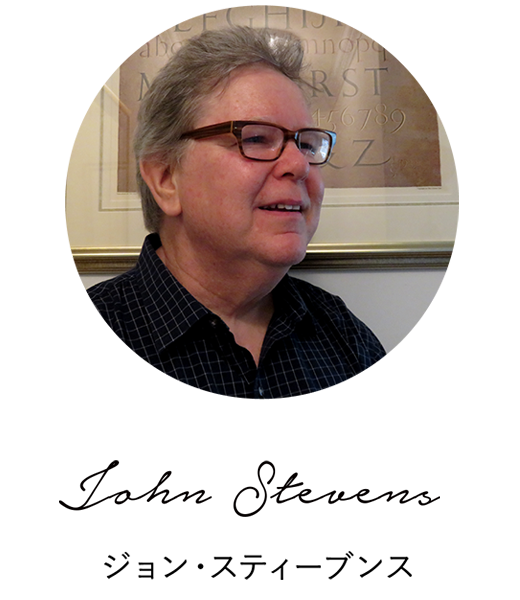
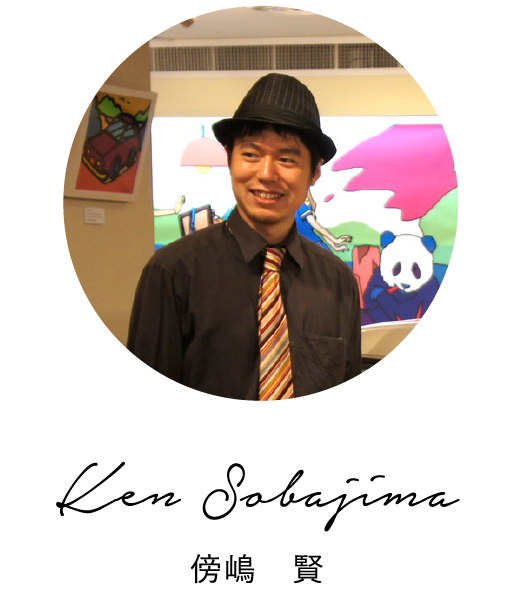
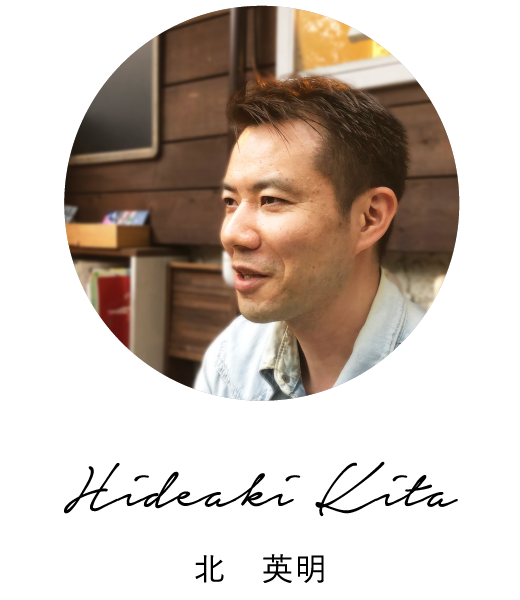
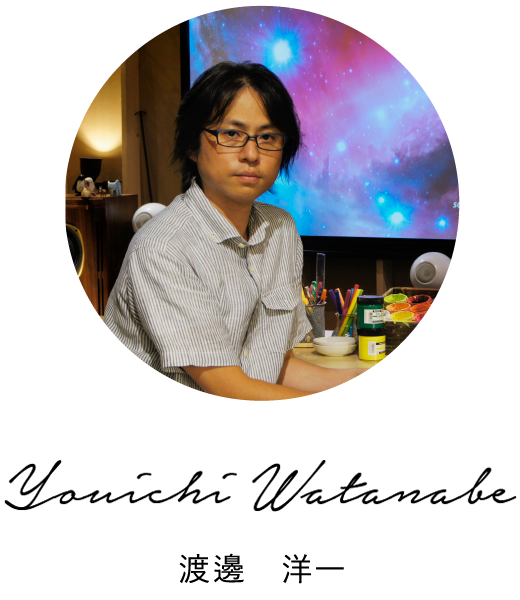
Basically, the source of funding for a municipality, etc., is taxes and the end user is the person living in the area. Public art, so to speak. Rather than painting what I want to paint, I'll make it appropriate for the public space and in line with the mind of the area, a specific person or plant that is associated with that area.
I used to suggest things that I liked, but now I research local things and suggest those. If I want to express my own ideas, I do that with my own money. When people hire me as an artist, I want to express something to match with their need. Even if I create something I wanted to paint at the time of the exhibition, it doesn't sell very well. (laughs). I want to sell my work, but even if it doesn't, at least I get the satisfaction of creating something I like.
My work with the local government started with voluntary work. While cooperating in community-based clean-up activities, I wanted local people to know me as a person, not just through my art.